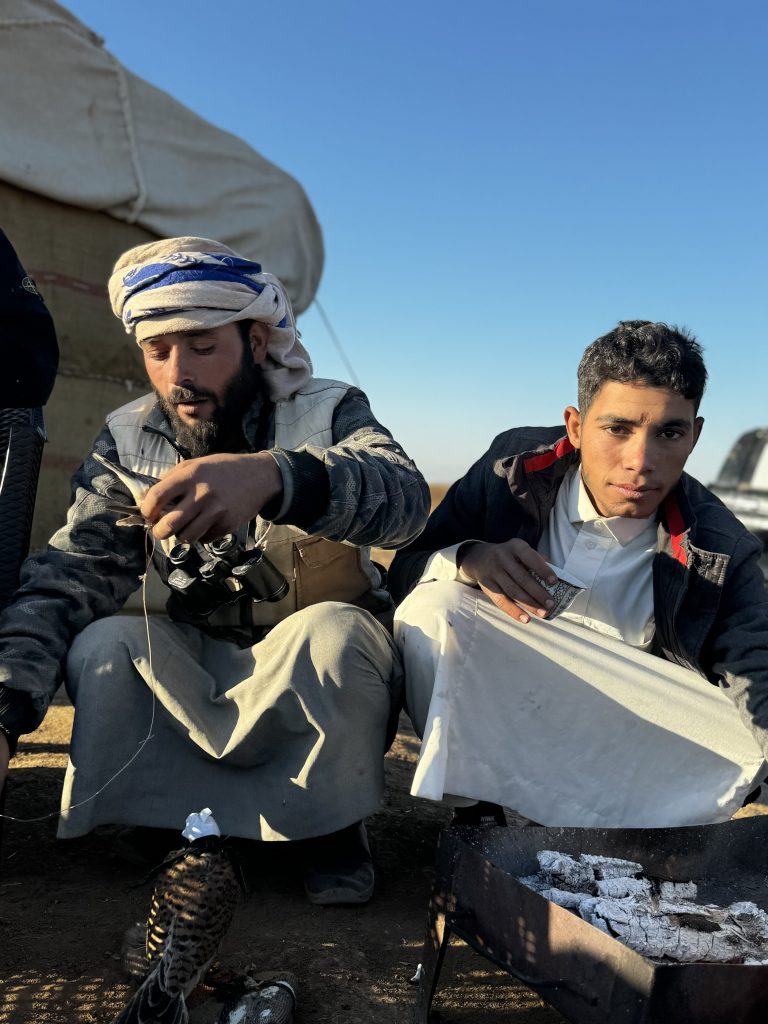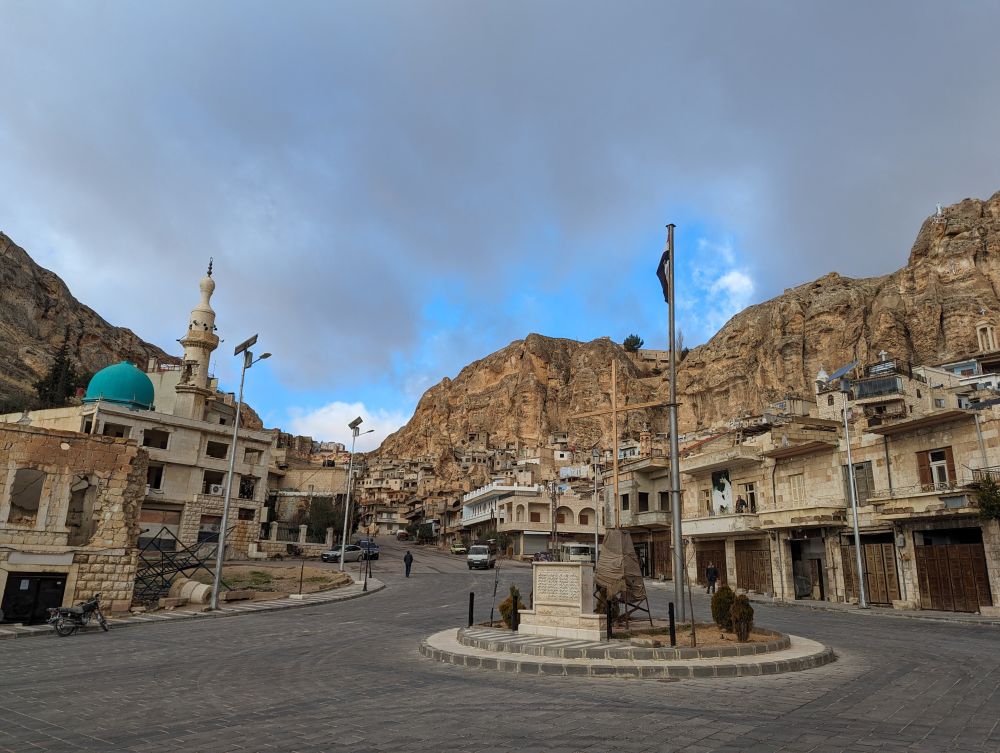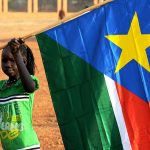Syria is a poly-ethnic country with many different ethnic groups. Syria is home to Arabs, Kurds, Assyrians, Armenians, Yazidis and more. This also contributes to Syria’s religious diversity and large range of languages of Syria – with most people speaking Arabic as a first language, but some have a second – or even a different mother tongue!
Table of Contents

Ethnic Groups of Syria
As mentioned before, Syria is home to many different ethnicities within the state, including Arabs, Kurds, Assyrians, Armenians, Yazidis. Many people who visit Syria are surprised to see people with such different appearances – there are Syrians with dark complexions and features, and also very pale Syrians with orange hair and freckles! One of the most notable comments about Syrians is the differences in eyecolour – you will find Syrians with deep brown, almost black eyes as well as Syrians with light blue/grey and even green eyes and everything in between.
Former Caliphates in Modern-Day Syria
Such ethnic diversity comes from a variety of factors. Firstly, throughout history many different caliphates and groups colonised the land of modern day Syria which has contributed to the differences in race. One of the most famous caliphates that conquered the land of modern day Syria is the Ayoubid Caliphate, founded by Saladin originating from modern-day Iraq. He was of Kurdish origin. Another famous caliphate was the Umayyad Caliphate, which originated from the Quraysh tribe of Mecca.
One of Syria’s most incredible pieces of ancient architecture, the Krak de Chevellier Castle was built by the Knights Hospitaller, a Christian group hailing from Jerusalem. After 130 years, it was taken over by the Mamlūks, a non-arab, non ethnically homogeneous group of freed slaves hailing from modern day Egypt.
There were many different groups conquering the land of Syria – including the French who took control of Damascus in 1920 and lasted until 1946. With a long history of caliphates, empires and colonisers on Syrian soil, it is clear to see the mixing of ethnicities during these periods and how this has affected the appearances and features of Syrians today.
Languages
Arabic
Arabic is the official and the most widely spoken our of all the languages of Syria. Approximately 90% of the population speak Arabic as a mother tongue. It actually has its own unique dialect and changes from region to region. For example, to say “how are you?” in modern standard English would sound like “Kaif Halik” – but in Damascus they would say “keefak”. Just north in Aleppo, they would say “Shlonak” – which is clearly completely different!
Syrian Arabic is also known as Levantine Arabic and is very similar to the dialects spoken in Jordan, Palestine, and Lebanon with only some differences in words.
Arabic is used as the main form of telecommunications and is the only official language of Syria, despite other languages spoken commonly.

Kurdish
The Kurdish language is usually divided into two main subgroups – Kurmanji and Sorani. Kurmanji is the most widely spoken dialect, and is predominantly spoken in Syria and Turkey. Sorani is the next biggest dialect and is spoken in Western Iran and Northern Iraq.
In Syria, the most common dialect is Kurmanji which is spoken by the Kurdish population, predominately spoken in the North-Eastern part of the country in Rojava. However, other groups present in the North-East speak Kurmanji such as some Yazidis.
Kurdish is an Indo-Iranian derived language, that uses the arabic script. However in 1932, a Kurdish man by the name of Celadet Alî Bedirxan created the Kurdish language using the Latin alphabet.
Aramaic
Aramaic is famous for being the language of Jesus. Aramic is a language diving from the Euphrates area from 800-600 BC. There are several small villages in which Aramaic is still spoken – you can even listen to prayers being recited! Unfortunately after the civil war broke out many people left these small Christian towns for refuge overseas, leaving a much smaller number of community members who can teach, recite and pass on the language.
Armenian
While Armenians make up a very small population in Syria, their language was the only minority language permitted to be taught in formal education settings. Most Armenians live in Aleppo or other major cities. Out of all the languages of Syria, the Armenian language has been arguably the most respected.
Ethnicities and Languages of Syria – A Surprising Amount!
Syria is a lot more diverse than many people think at first glance. For many people, Middle Eastern countries automatically default to being Arab and Muslim. However, there are many groups that call Syria home and they call it so in many different tongues. The ethnicities and languages of Syria are a testament to how interesting and dynamic the country is.

Check out our tours to Syria – we run multiple every year!





